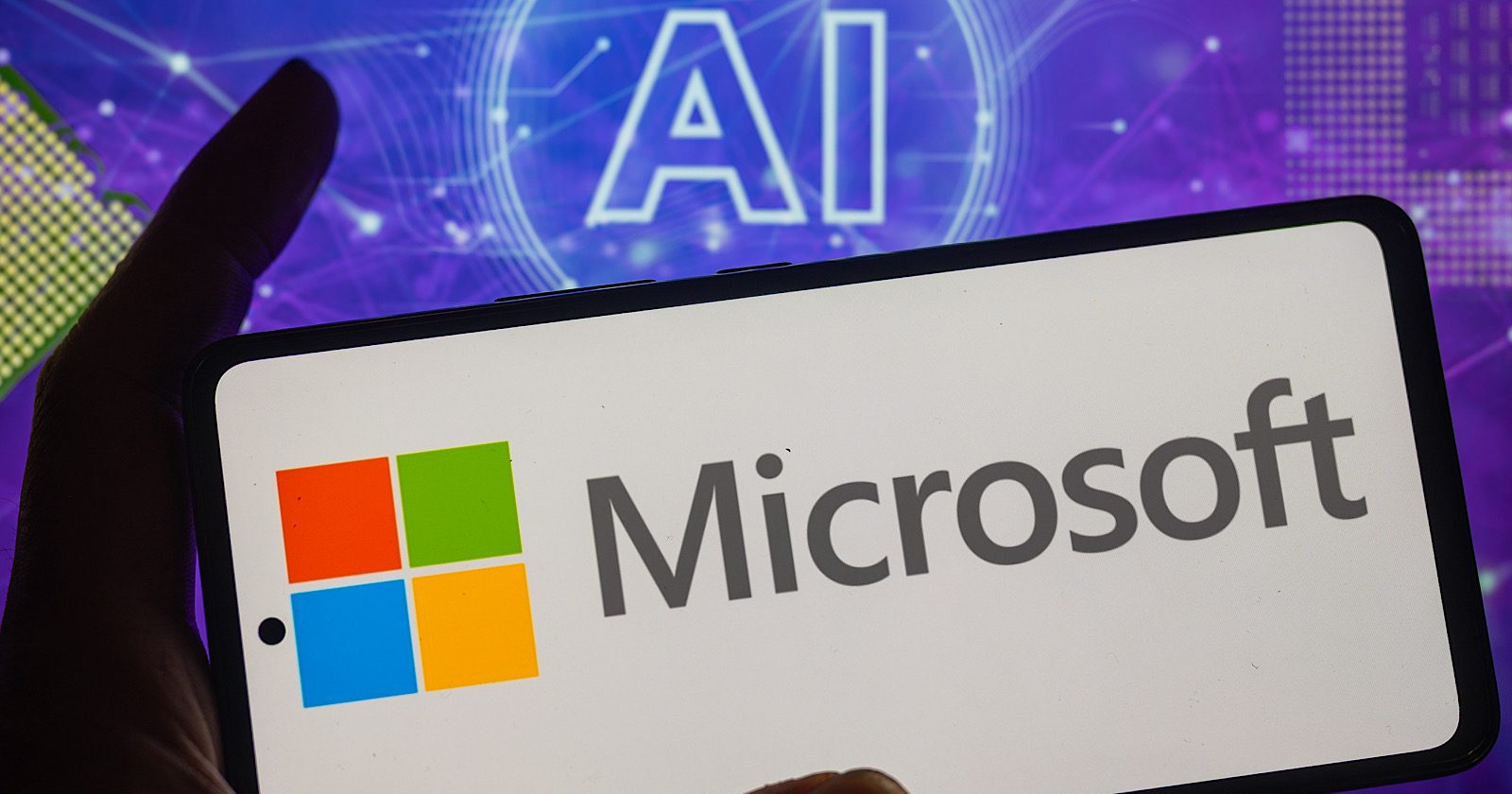You might have heard “agile budgeting” referenced during the keynotes at Google Marketing Live this year.
I had several people ask me about what it means – and some were skeptical when I explained a bit about it.
Is this just another buzzy term, or is there real value to it? Let’s dig in.
You may already be familiar with the concept of Agile in project management to prioritize project speed and enable the flexibility needed to quickly adapt to change.
Similarly, the goal of agile budgeting is to allow you to respond quickly to shifts in demand and prioritize spend in the areas of greatest opportunity.
Think:
- Proactive rather than reactive.
- Real-time rather than retrospective.
- Unified rather than siloed.
I know, I know…hasn’t one of the great benefits of digital marketing always been about agility and the ability to quickly shift budgets, test, and iterate?
Yes, but the reality has also been that channels have typically been managed in silos, and budgets have often been planned over fixed time periods.
And, of course, there are AI advancements now enabling much faster responses to market shifts. This is causing many marketers to rethink what agility really looks like.
When you’re budget agile, you can respond much faster to market and business dynamics versus being constrained by fixed budgeting that’s based on a strict timeline, specific channel silos, and other constraints.
That’s a fundamental shift for many businesses and agencies – particularly for teams and individuals accustomed to working and budgeting by channel.
As with any new approach, agile budgeting requires re-thinking, re-organizing, and re-prioritizing.
Specifically, it requires tight coordination across marketing, sales, and operations – with marketing and finance, in particular, working closely together.
OK, But Is It Worth It?
Changing how your business plans, allocates, and optimizes digital budgets may sound daunting (small organizations are often at an advantage here!). Still, research shows that companies don’t have to make dramatic changes to become more budget-agile.
You can probably think of a few ways you can fairly easily tweak and improve certain behaviors in how you, your teams, and your agency work.
In fact, you may already be starting to practice agile budgeting even if you don’t have a formal process yet.
Agile budgeting is the concept behind AI-powered cross-channel campaigns such as Performance Max.
Instead of allocating a certain amount to each specific channel, your budget is applied dynamically wherever there is demonstrated customer demand.
The goal is to find incremental conversions or conversion value at your target regardless of channel.
To gauge how many marketers are considered budget agile and to better understand the factors in doing agile budgeting successfully, last year, Google partnered with Kantar to survey more than 2,400 marketers around the world.
In the study, marketers who adjust budgets across digital channels on a weekly or more frequent basis are considered behaviorally budget agile.
(You can see why close cross-functional coordination is important!)
Nearly a quarter of those surveyed met that standard.*
Some Quick Findings From The Survey
- 31% of budget agile marketers engage in formal marketing planning to align on strategy and digital media budget allocations every month, versus 18% of non-agile marketers.
- For 59% of budget agile marketers, digital budget changes of 20% or more take a week or longer for approval.
- 31% of budget agile marketers say it’s “very easy” to get additional budget to start new tests that weren’t included in the initial media budget, compared to just 9% of non-agile marketers.
- 48% of budget agile marketers state that their marketing performance exceeded internal expectations and marketing KPIs, compared to 33% of marketers who are not budget agile.
- Budget agile marketers are twice as likely to call their marketing across channels “very tightly integrated.”
- 42% of budget agile marketers say their agency partners greatly influence adjustments they make after initial budget planning, compared to only 31% of non-agile marketers.
Key Takeaways To Become More Budget Agile
AI advancements are opening up all types of new digital marketing opportunities, including multichannel campaigns, and with that, we see many organizations and agencies reevaluating their approaches to maximize ROI.
Here are the areas of focus identified from the survey that can set marketers on the path to greater agility:
Flexible, Frequent Planning
Agile budgeting doesn’t mean you throw your planning process out. It means you plan and prepare for change, providing space to adapt and shift as conditions change.
And it likely means increasing the frequency with which you revisit and adjust your plans.
Common Goals & Measurement
Align on the marketing goals that make sense for the business, such as sales revenue, profit margins, lifetime value, etc.
Then, implement consistent measurement and metrics across marketing and cross-functional teams to be able to assess and adjust together.
More Collaboration Across Teams
Being budget agile also doesn’t mean you need to move away from having in-house or agency teams and individuals focused on specific channels.
But breaking down organizational barriers to ensure those teams and individuals are collaborating, meeting, and sharing more regularly together is key. This takes commitment and effort but can start paying off quickly.
Strong Finance Partnership
Establishing trust, understanding, and close partnership with your CFO and finance teams is also key to being able to move toward budget agility.
Operational Alignment
As you can see from the data above – if not from your own experience – a big stumbling block to being budget agile is getting timely budget allocation or reallocation approvals.
Nearly 60% of budget agile marketers said digital budget changes of 20% or more take a week or longer for approval.
Getting a sizable budget approval in less than a week may sound Herculean, but consider if your competitors are among the 40% that can do so and seize on new opportunities to drive incremental value or experiment faster.
Experimentation Baked In
As digital marketers, we’re accustomed to running tests and experiments on an ongoing, regular basis.
But there’s nothing more frustrating than wanting to launch a new test or scale a promising one and running up against fixed budget constraints.
Nearly one-third of budget agile marketers said it’s “very easy” to get incremental budget to kick off new tests, versus less than 10% of non-agile marketers.
Again, this points to the value of aligning across the organization on goals, measurement, and an operational framework that will allow you to move faster.
Bringing flexible planning and budgeting processes into your digital advertising efforts will allow you to laser focus on driving growth by allowing you to readjust your forecasts and invest where opportunities crop up with greater speed and coordination.
The payoff can be worth the effort to get there.
More resources:
Featured Image: fizkes/Shutterstock
*Google/Kantar, Budget Agility and Channel Desiloing research, AU, BR, CA, DE, IN, JP, U.K., U.S., advertiser: digital display n=1,747, social media n=1,936, search n=1,513, online video n=1,538, mobile-only formats (e.g., in-app advertising) n=907, streaming/connected TV n=230, other digital n=2,093, March 2022–June 2022.






